Everything you need to know about corporate high end video production
High end video production can be a daunting task. But with a strong producer and the right crew, shoot days should be enjoyable, the edit will run smoothly, and you can expect a high end product. Here’s what you need to know before you start your project.
1: Don’t Expect Enormous Crews
2 or 3 crew members is often all that’s needed for most corporate video production. These shoots only require lightweight kit that’s portable enough for a small crew to run. But be wary if just one person turns up intending to direct, shoot, and record sound. Expect a minimum of two crew members to ensure quality control, unless your budget can only stretch to a one man band.
2: Expect long shoot days
3: Filming is not the start
The right producer will have started preparing long before the shoot day. They will have been busy researching the subject and exploring every variable aspect that could have an affect on filming. Read more about this in our guide to pre production.
4: The producer’s knowledge is extensive
If you’ve found the right production, you’ll quickly realise that they have expertise in target viewing habits, sector idiosyncrasies and sector history. In pre-production, they’ll have done their homework on your brief and, based upon their research, will be more the capable of offering crucial information on how the video can engage and connect the target audience.
5: Camera spec goes beyond HD
HD is not just HD. Once, HD was either 1280×720 or 1920×1080 pixels. Today, the cameras we use can shoot up to six times that. At the moment, the majority of online video marketing deliveries are made at 1280X720, but this will not be the case as 4K or ‘UHD’ becomes the domestic standard. So incase your corporate video needs future proofing by shooting at 4k or higher, consider the longevity you need early on.
6: Directors calling ‘Action’ really happens
Sounds like a cliché, but the call for ‘Action’ and ‘Cut’ can be expected from the director. It has a very practical application for the artists and crew because everyone on set knows when the action should be started and when it can be stopped. You’ll also here the ‘Turn over’ and ‘Sound speed’ calls from the director, which actually start the cameras and microphones recording.
7: Small tweaks during the shoot can take time
8: Tweaks in the edit can take days
Modern editing systems are fast and powerful, but don’t expect the same speedy processes you would from other applications you may know. Take changing a logo for example, which in photoshop may take minutes, but in a video means rendering, exporting, compressing and likely uploading files for you to be able to see the revision.
9: Emailing the final film isn’t possible
In the corporate video production industry, being able to attached a HD video file to an email would be fantastic. Unfortunately, it’s not possible. Despite today’s powerful compression tools, digital video files and often far too large to send attached to emails. Expect your final video to be delivered as a links to an online platform, such as Vimeo or SendSpace.

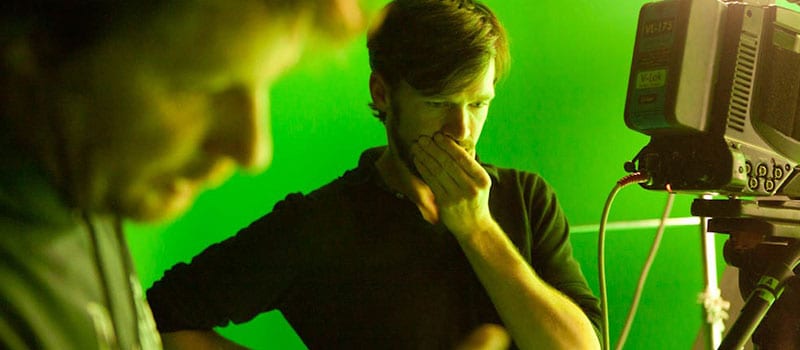

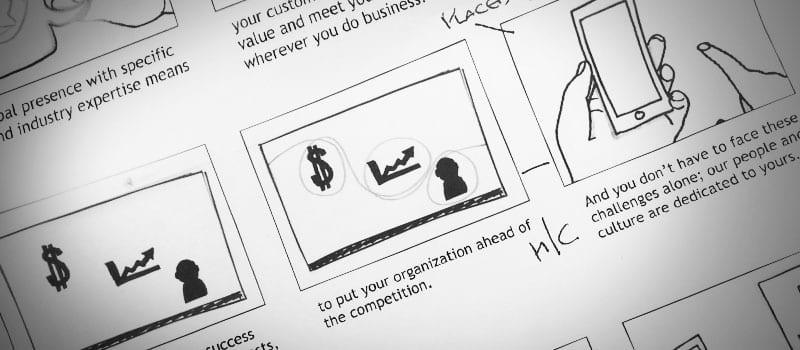
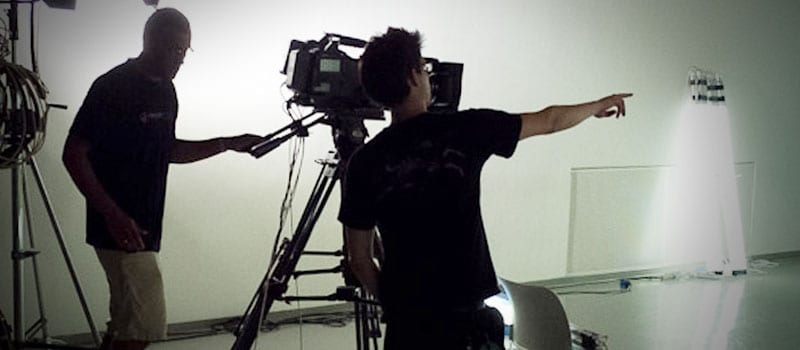
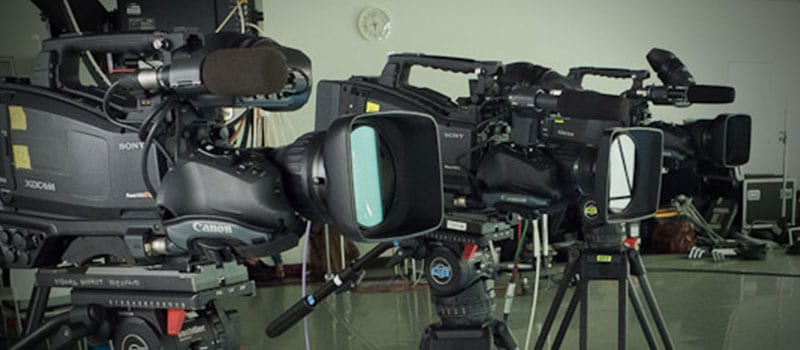


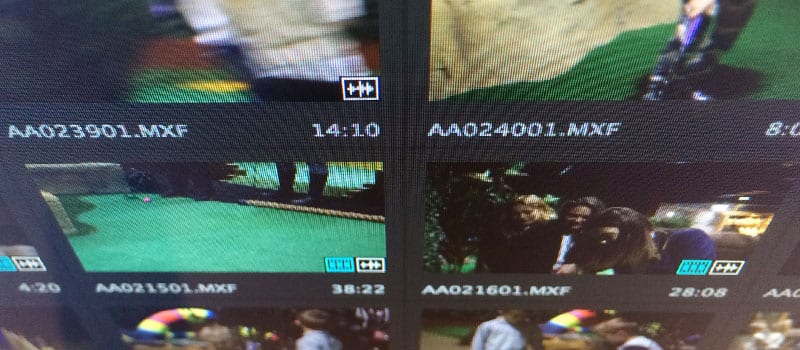
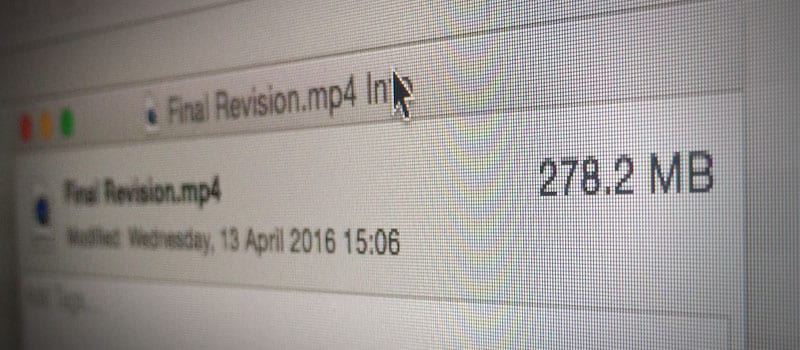
Recent Comments